HIDIZS MK10 ArcSonic Review
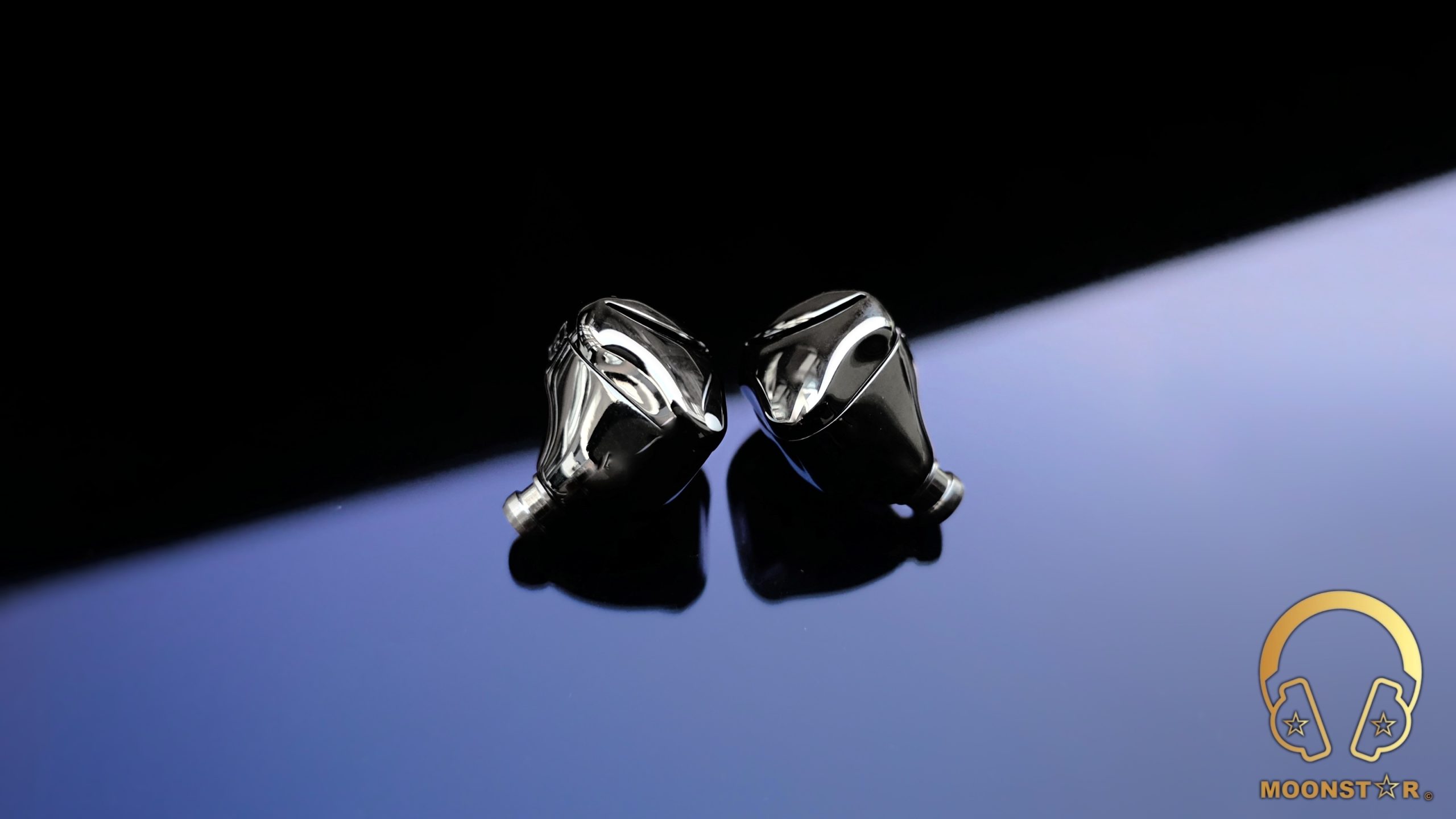
HIDIZS MK10 ArcSonic Review
Introduction:
Since its establishment in 2009, HIDIZS has become a recognized name in the portable audio market, offering a range of products including Digital Audio Players, DACs, amplifiers, and In-Ear Monitors. The company is known for delivering devices aimed at the budget-conscious audiophile segment.
The latest IEM of the compamny called MK10 ArcSonic features a single dynamic driver, is priced at $89 USD (with an introductory price of $59 USD). The MK10 uses a 10mm dynamic driver with a dual-magnetic circuit, dual-cavity structure, and a silicon carbide crystal diaphragm. Let’s take a closer look to its design, sound characteristics, and overall performance
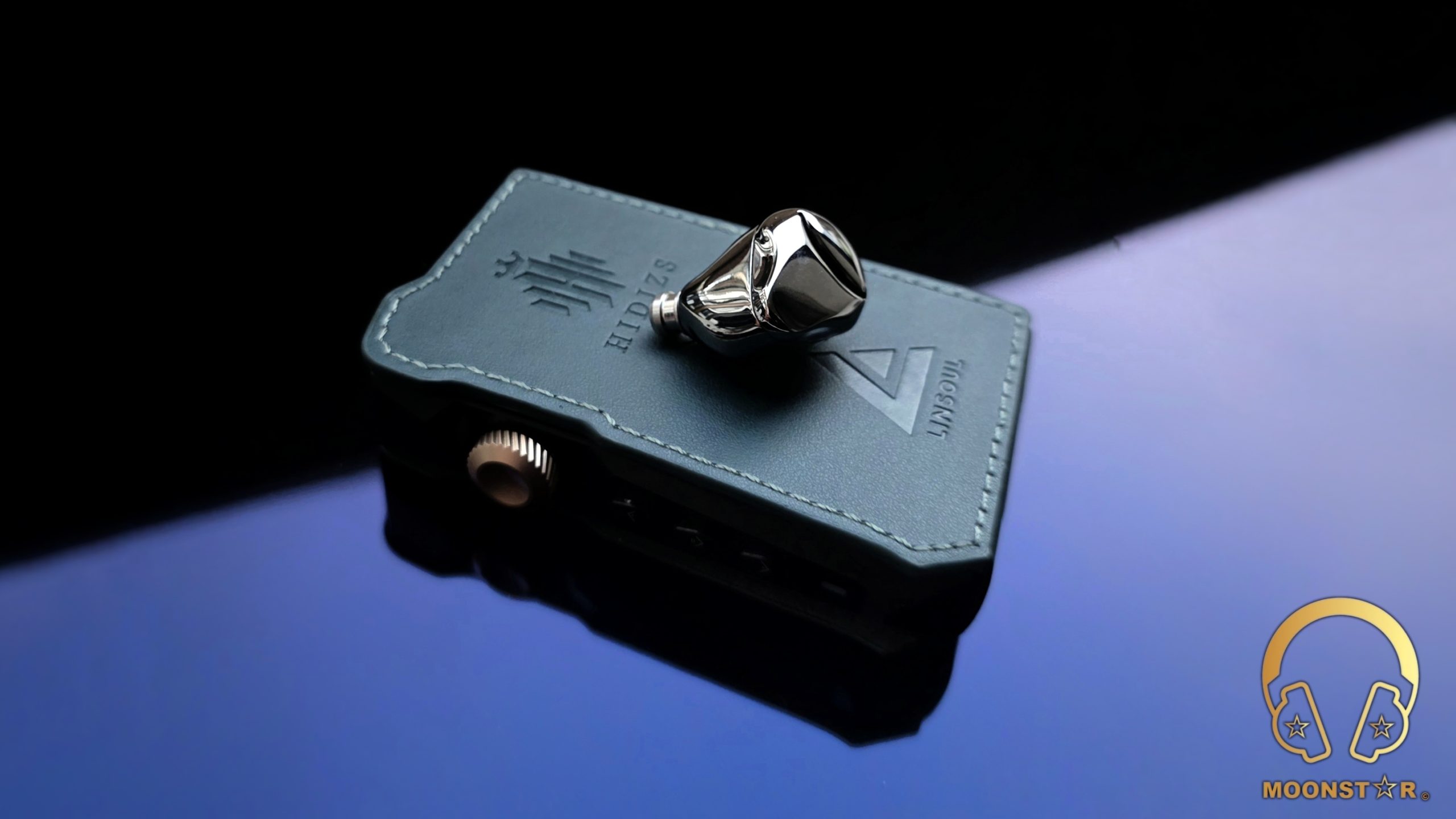
Disclaimer:
I would like to thank Hidizs for providing the MK10 ArcSonic as review sample for review purposes. I am not affiliated with Hidizs beyond this review and these words reflect my true, unaltered, opinions about the product.
Price & Availability:
The HIDIZS MK10 ArcSonic is priced at $89 USD, with a limited-time introductory offer of $59 USD, positioning it as a strong contender in the budget IEM segment. It’s available through HIDIZS’ official website. More information can be found under the link below;
Package & Accessories:
The HIDIZS MK10 ArcSonic is packaged in a sleek, black box. It has a smooth finish with the HIDIZS logo printed on the lid and a detailed illustration of the IEMs on the front, with key specifications listed on the rear surface.
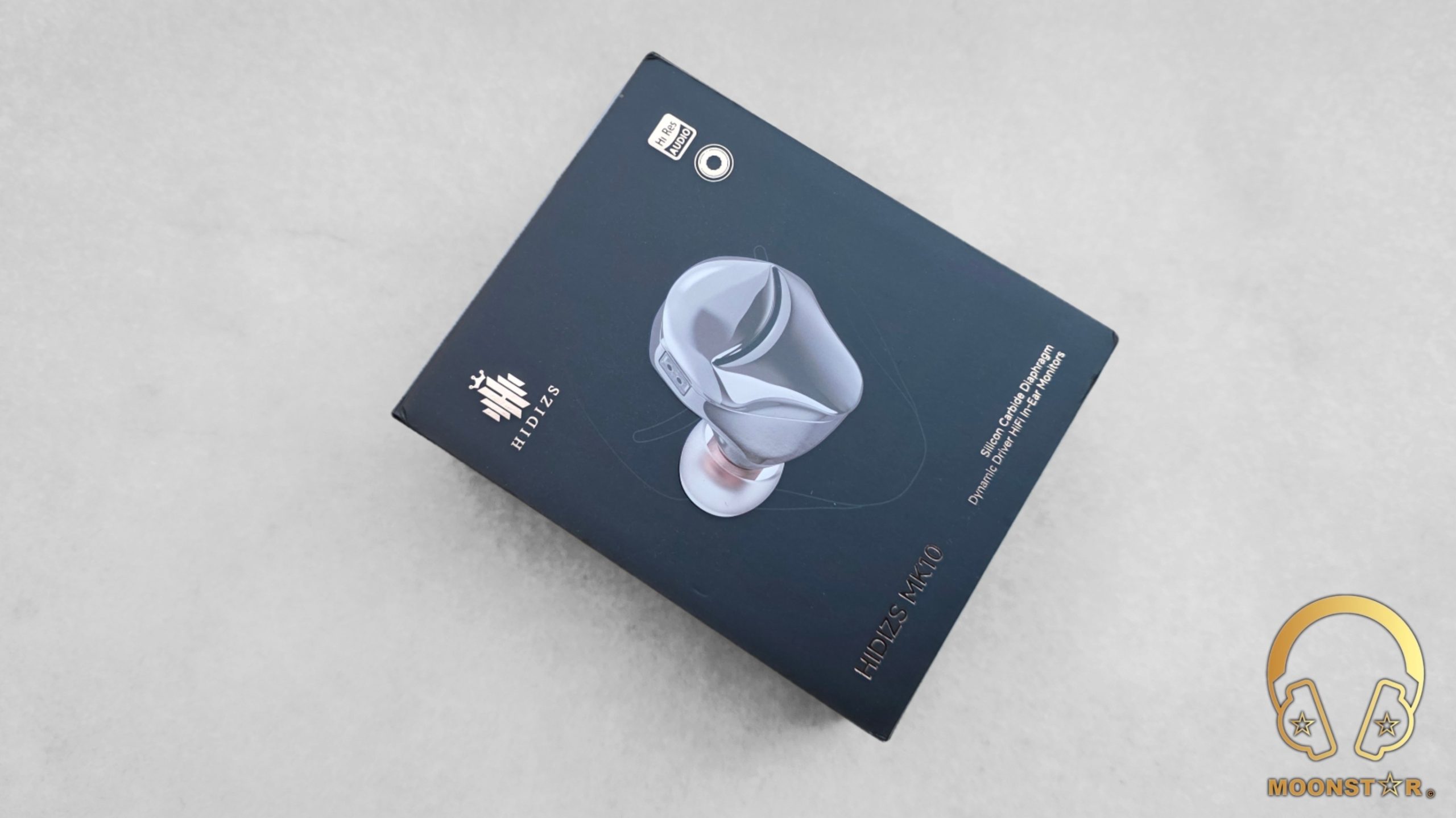
The box includes:
- 1 x MK10 ArcSonics
- 3 Pairs x Pneumatic Sound Tuning Filters
- 3 Pairs x Ergonomics Silicone Black Ear Tips (Balanced)
- 3 Pairs x Ergonomics Silicone White Ear Tips (High Frequency)
- 1 x 3.5mm or 4.4mm Earphone Cable
- 1 x User Manual
- 1 x Warranty Card
- 1 x HIDIZS Pouch Bag
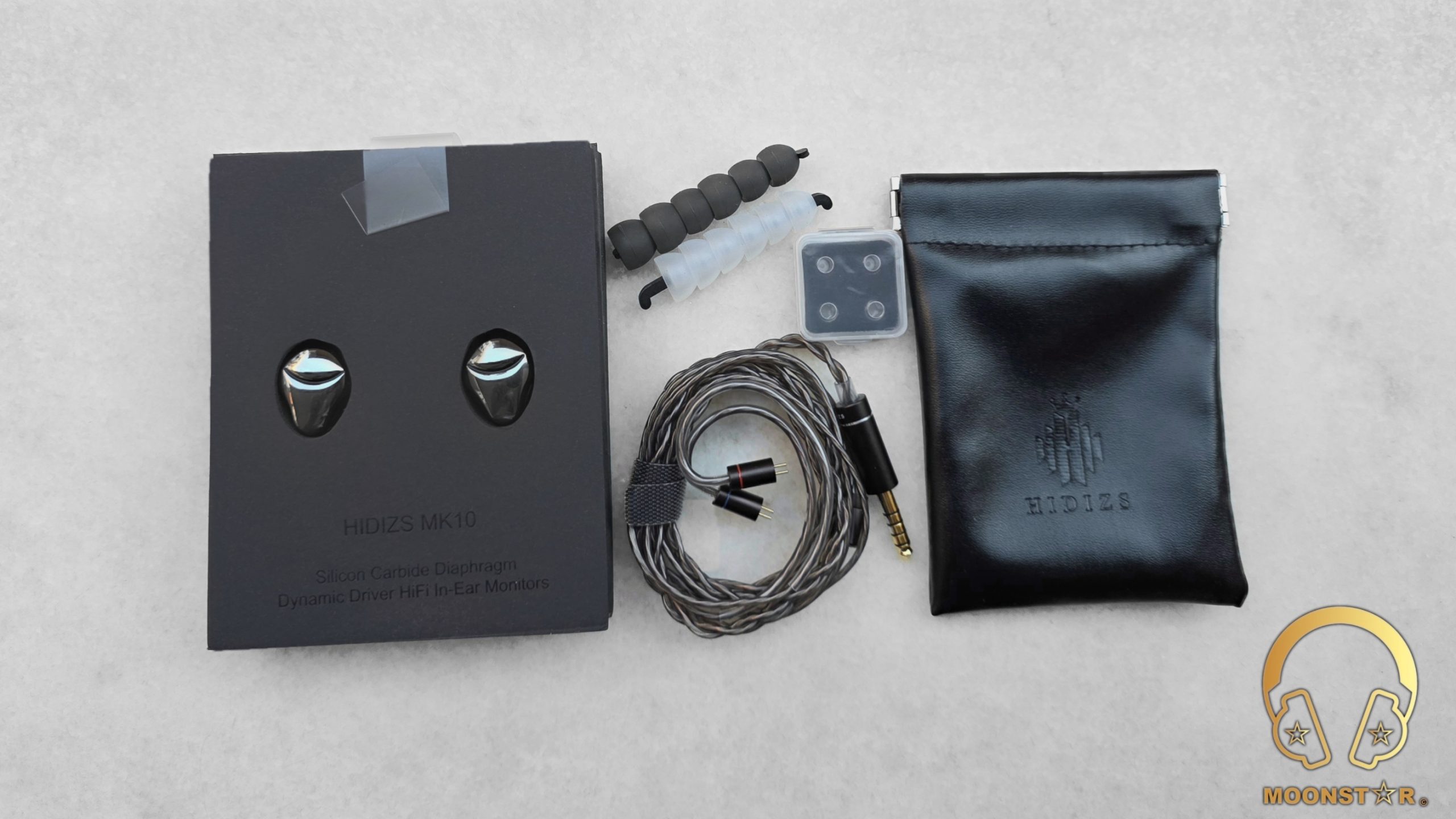
The unboxing experience is elevated by the thoughtful presentation, with the IEMs nestled in a dedicated foam slot and the cable coiled neatly beside a soft leather pouch. The variety of ear tip sizes and colors allows for customization, while the tuning nozzles provide sonic flexibility.
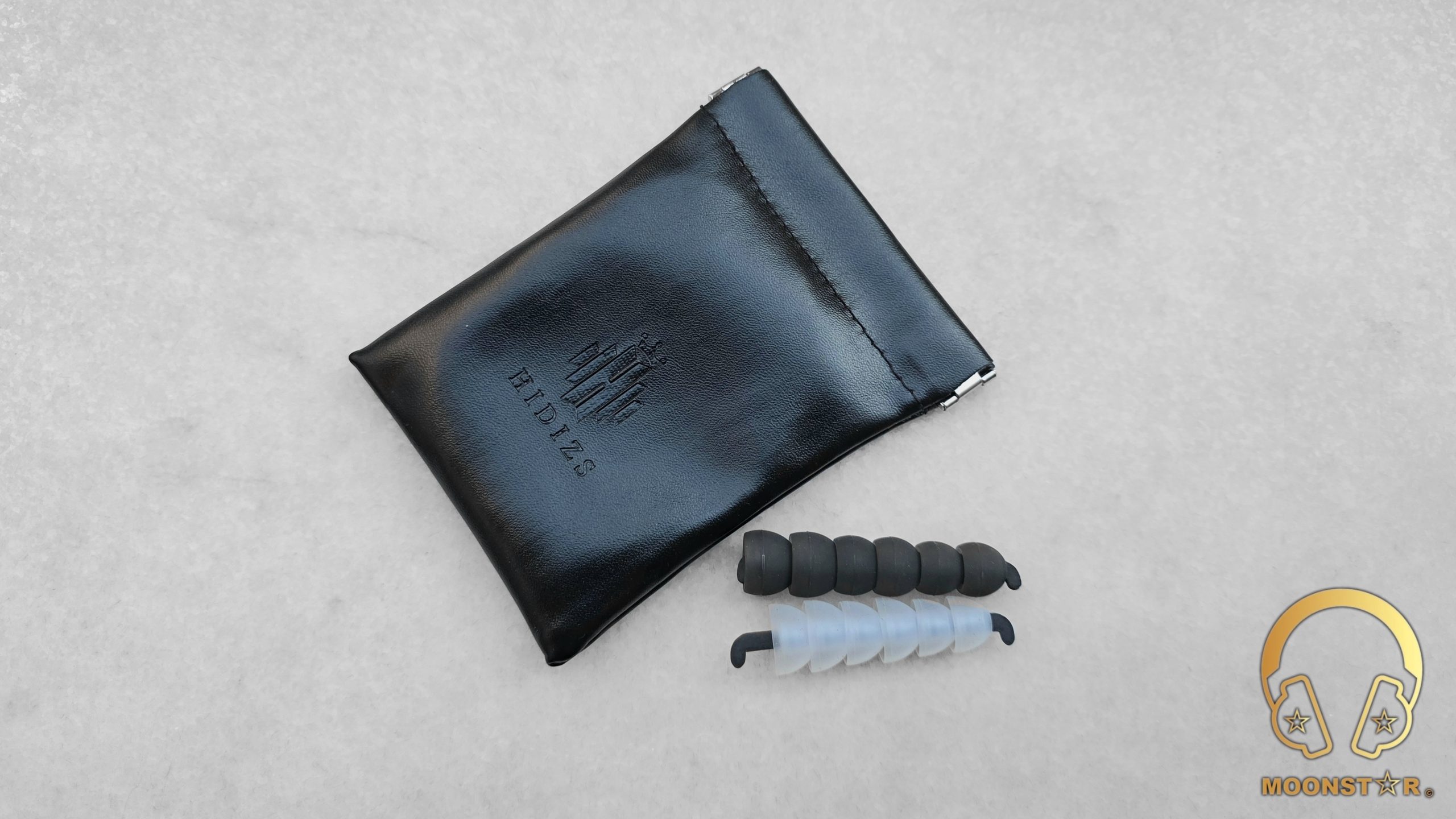
Design & Build Quality:
The HIDIZS MK10 ArcSonic is designed to blend modern aesthetics with functional build quality. Its shells are constructed from mirror-finished ZA12 zinc alloy, a durable material chosen to minimize resonance for cleaner sound reproduction, which the company markets under a theme of “rugged durability” and “sleek performance.” The build provides a solid feel with each shell weighing approximately , though this weight may be a consideration for users during extended listening sessions. Finally, the mirror-polished finish is visually distinct but, like similar materials, is prone to fingerprints and requires regular cleaning to maintain its appearance.
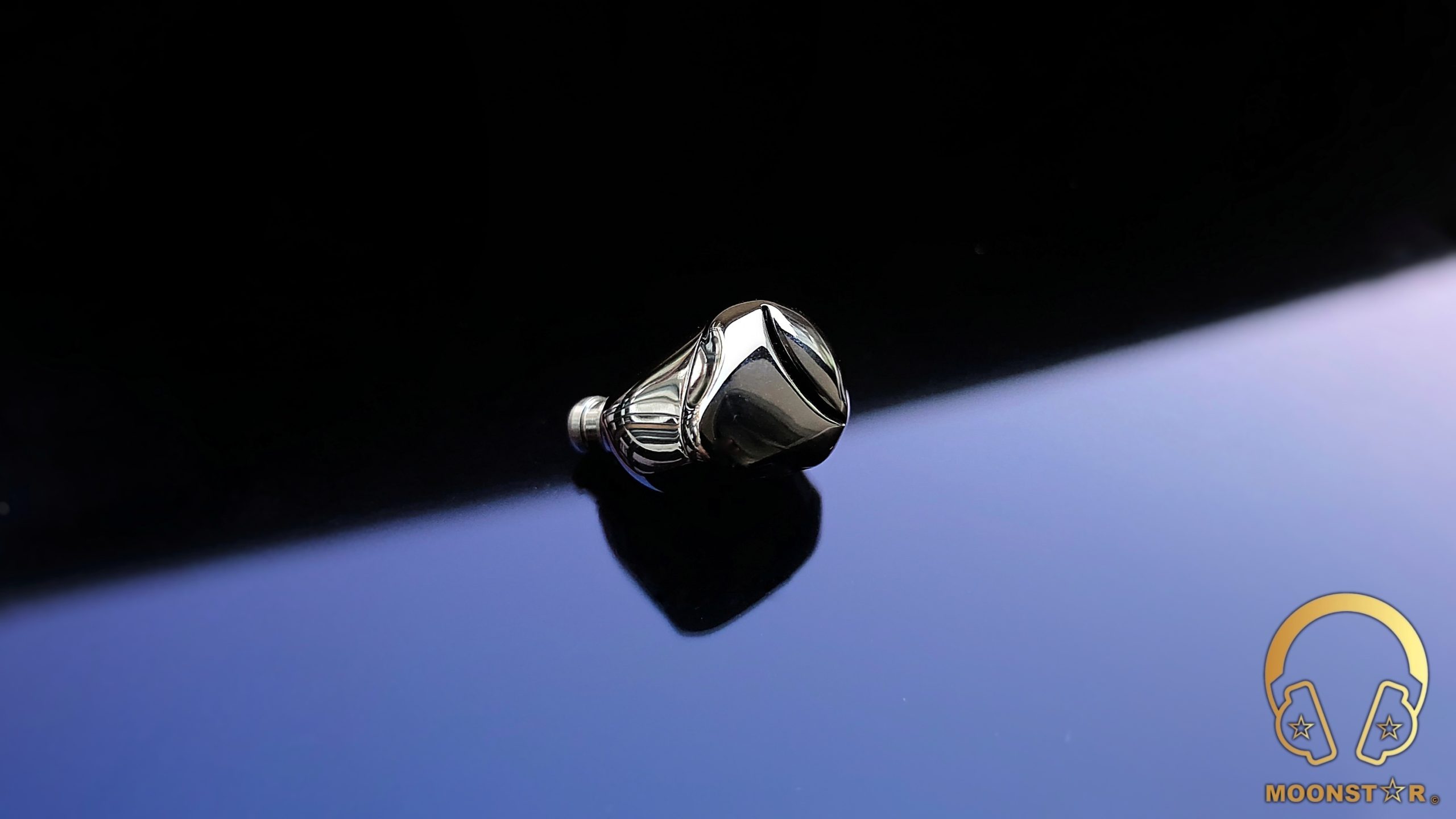
The faceplate design is inspired by Iron Man’s iconic armor. This detail provides a distinct visual element to the IEM. However, the polished surface is a real fingerprint magnet.
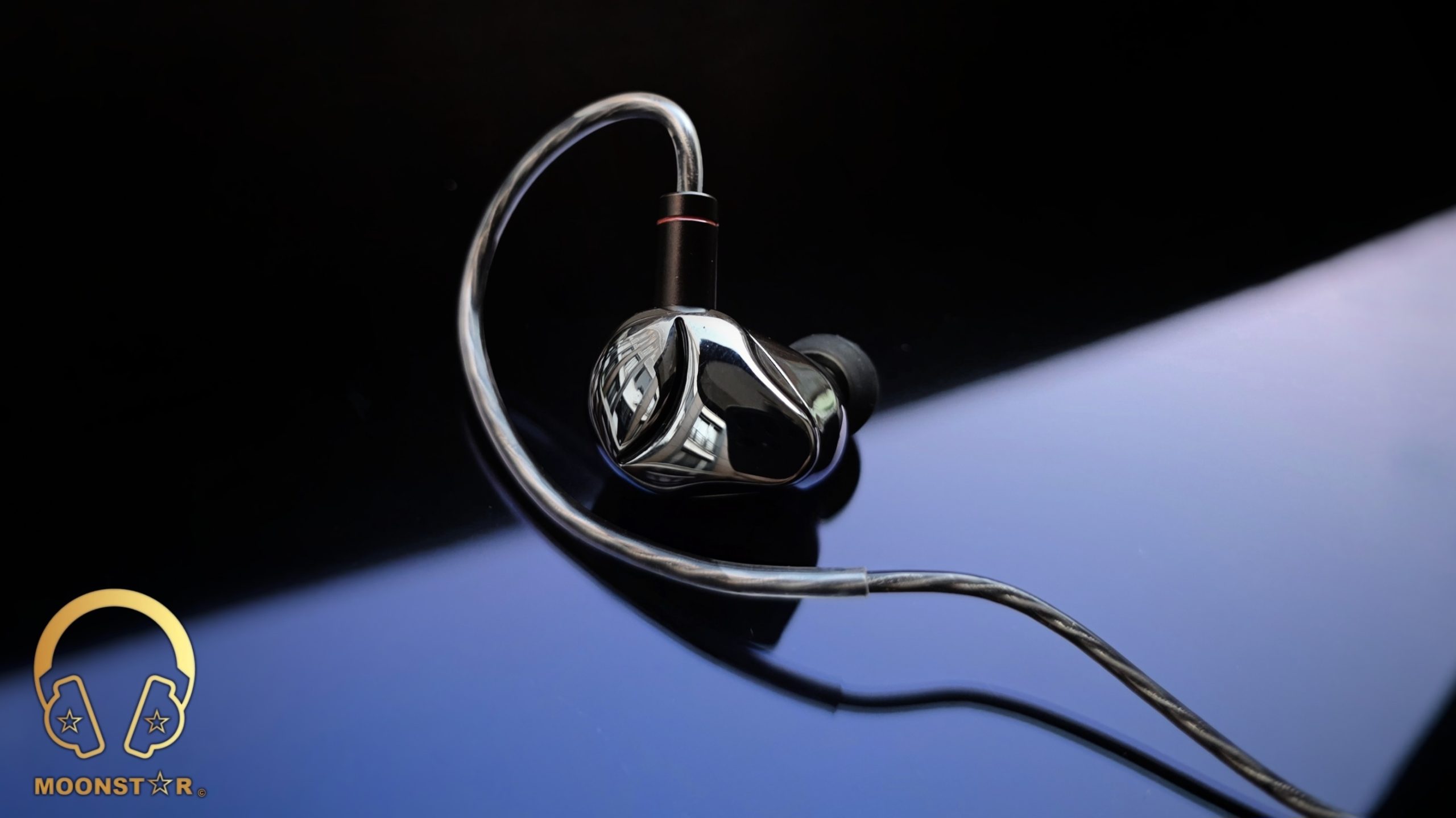
The inner side of the shell is ergonomically curved, with smooth, rounded edges that hug the ear naturally. The 6mm nozzles, topped with a protective metal mesh, are angled for a secure fit and easy tip swapping.
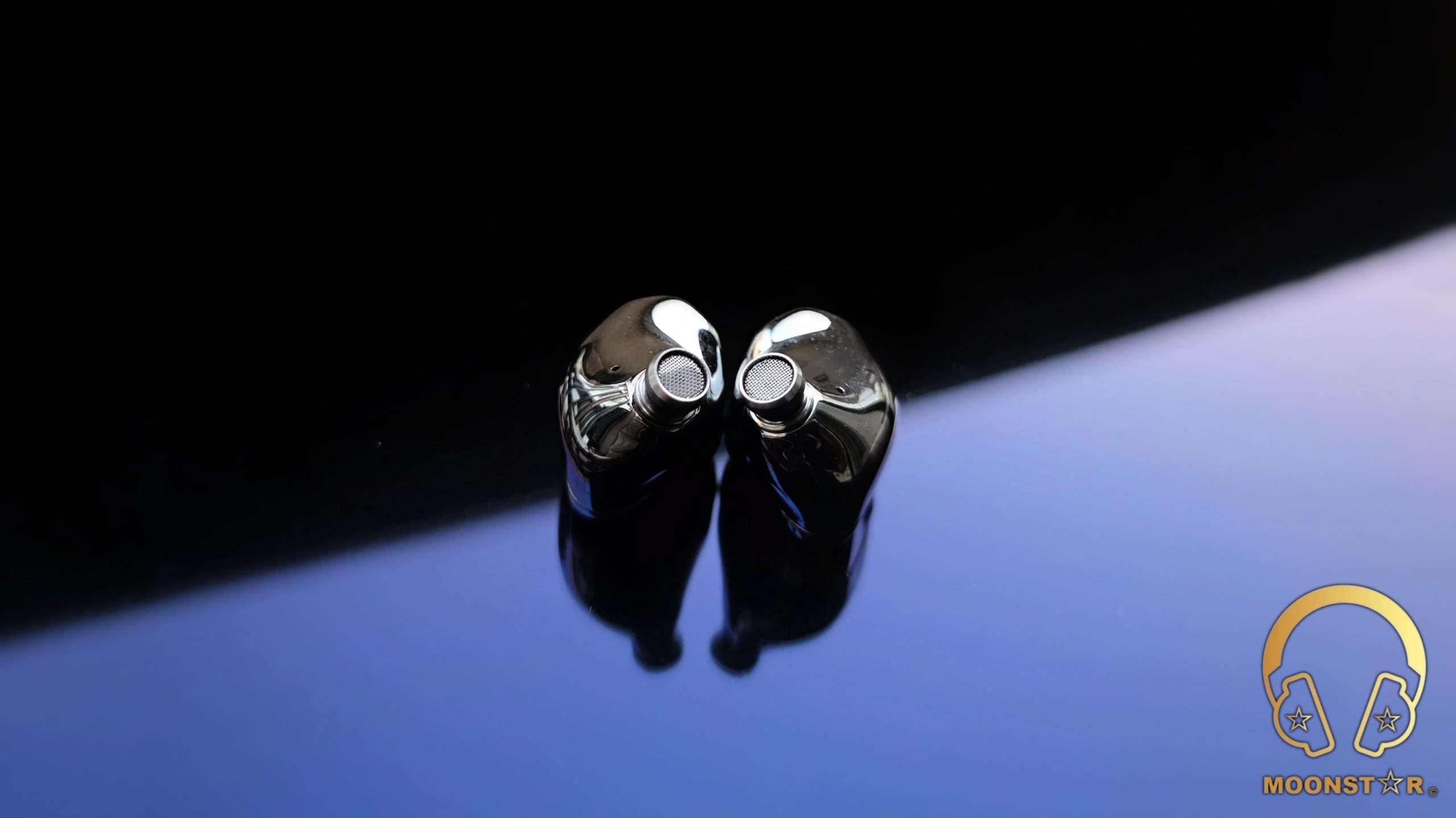
The tuning nozzles, red for balanced, white for treble-focused, and black for bass-enhanced, are a standout feature. Each nozzle is color-coded with a distinct ring and threads securely into place, allowing quick swaps without tools. A small tactile notch on the shell aids in alignment during nozzle changes, enhancing user-friendliness.
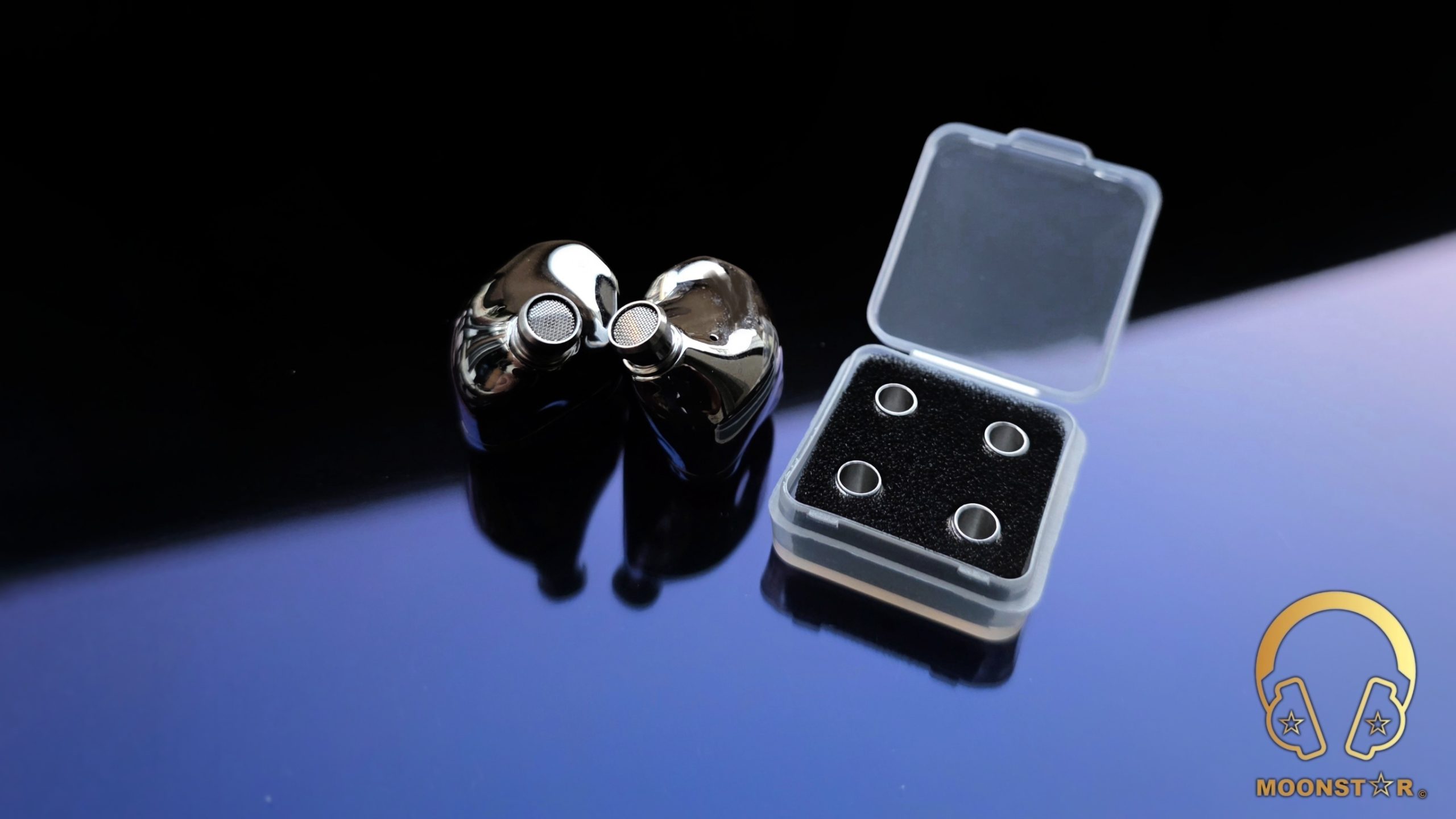
On the top of each monitor shell is a 0.78mm 2-pin connector interface that feel durable.
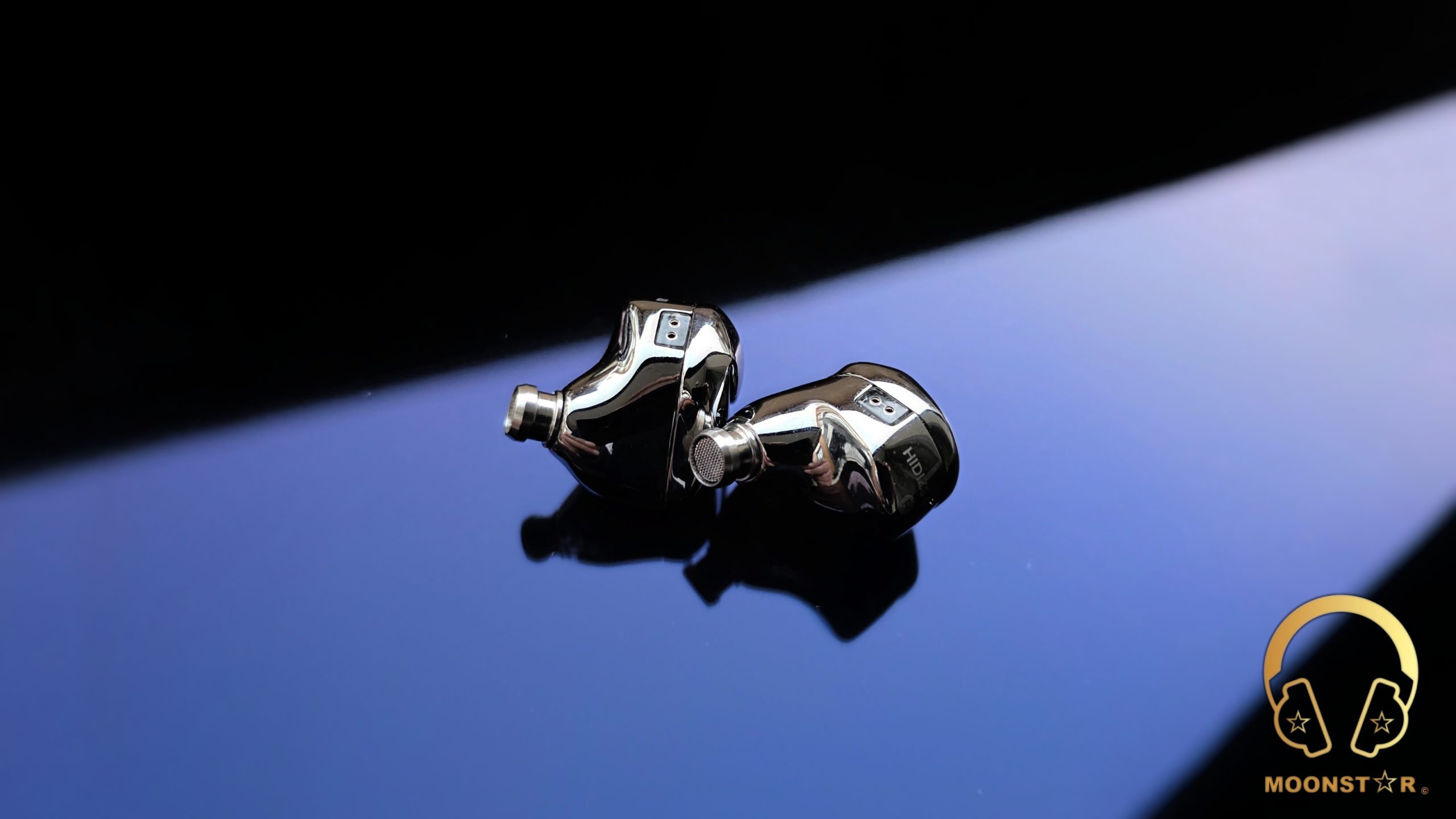
The rear surface of the shell is equipped with a second vent for additional pressure relief, alongside L/R markings and HIDIZS branding.
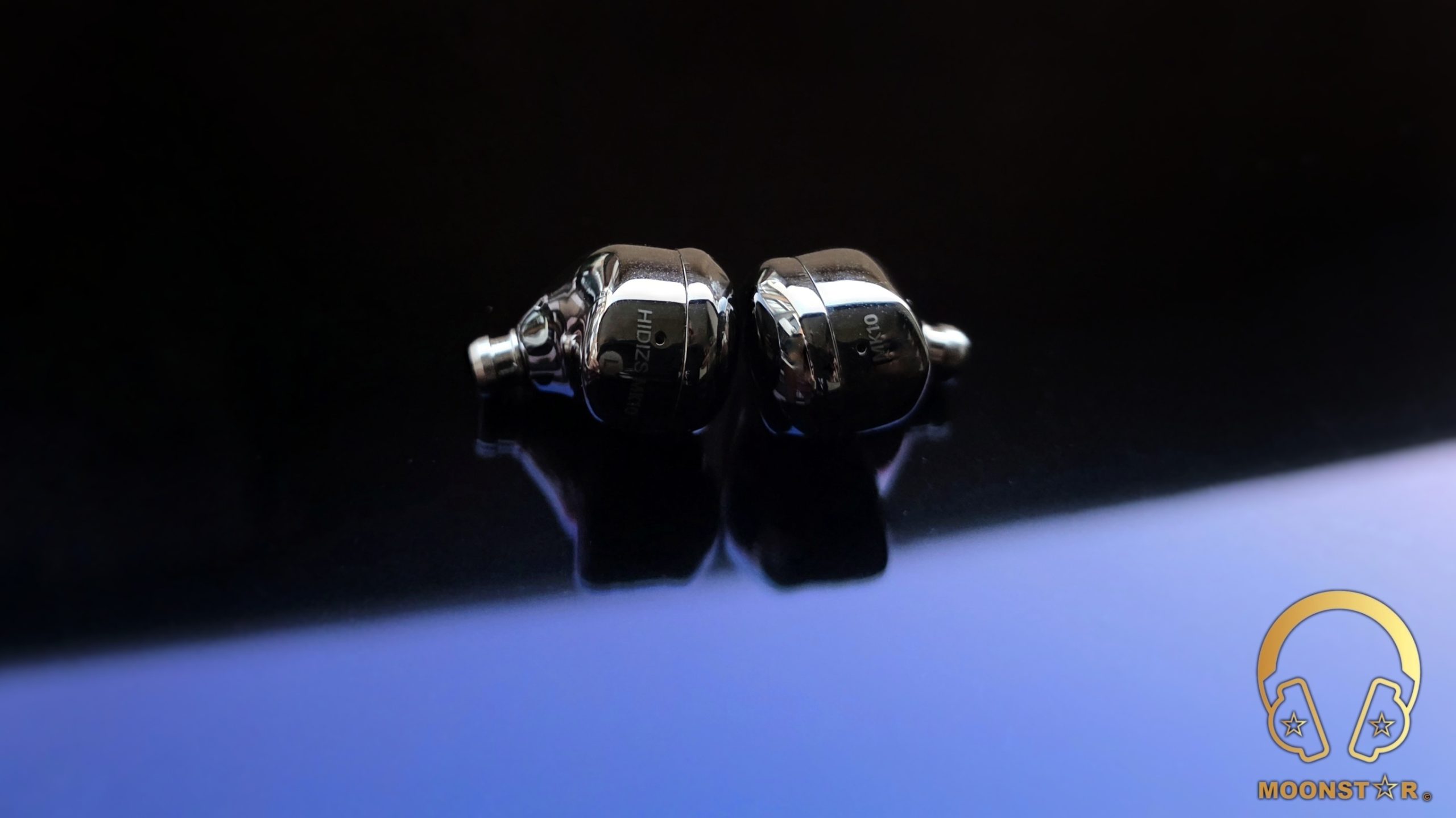
The included 1.2m cable is lightweight and flexible. It’s constructed from high-purity OFC silver-plated wire and features a twisted design. The cable uses 2-pin connectors with a metal housing that locks firmly into the IEMs. The metal termination plug housing is available in 3.5mm single-ended and 4.4mm balanced versions, and it feels quite sturdy.
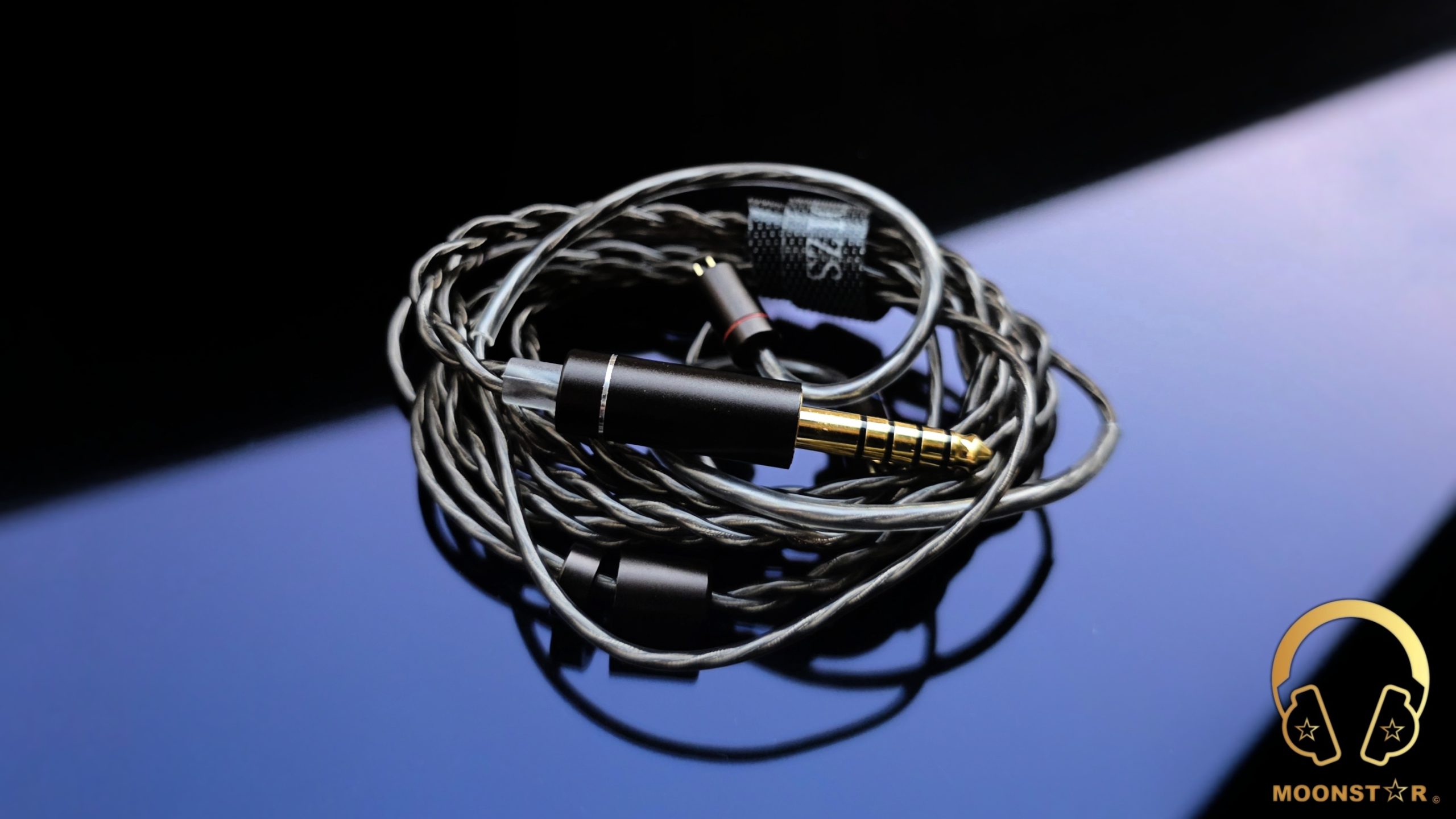
Overall, the MK10’s build exudes quality, with thoughtful details like the engraved model name, robust alloy construction, and customizable nozzles making it a standout in the under-$100 category.
Fit & Isolation:
The zinc alloy shells give the MK10 ArcSonic some weight, yet it still offers efficent comfort for extended listening. Its ergonomic, curved inner surfaces hug the ear naturally, and the angled 6mm nozzles ensure a secure fit with minimal pressure. The stock silicone ear tips (black and white sets) provide a reliable seal, with the medium size suiting most ears, though users with smaller ears may need to experiment optimal comfort.
The inclusion of a pressure relief system, with vents near the nozzle, prevents ear canal pressure buildup, making the MK10 ideal for prolonged use. Isolation is above average, effectively blocking ambient noise like traffic or office chatter, thanks to the sealed design and snug fit.
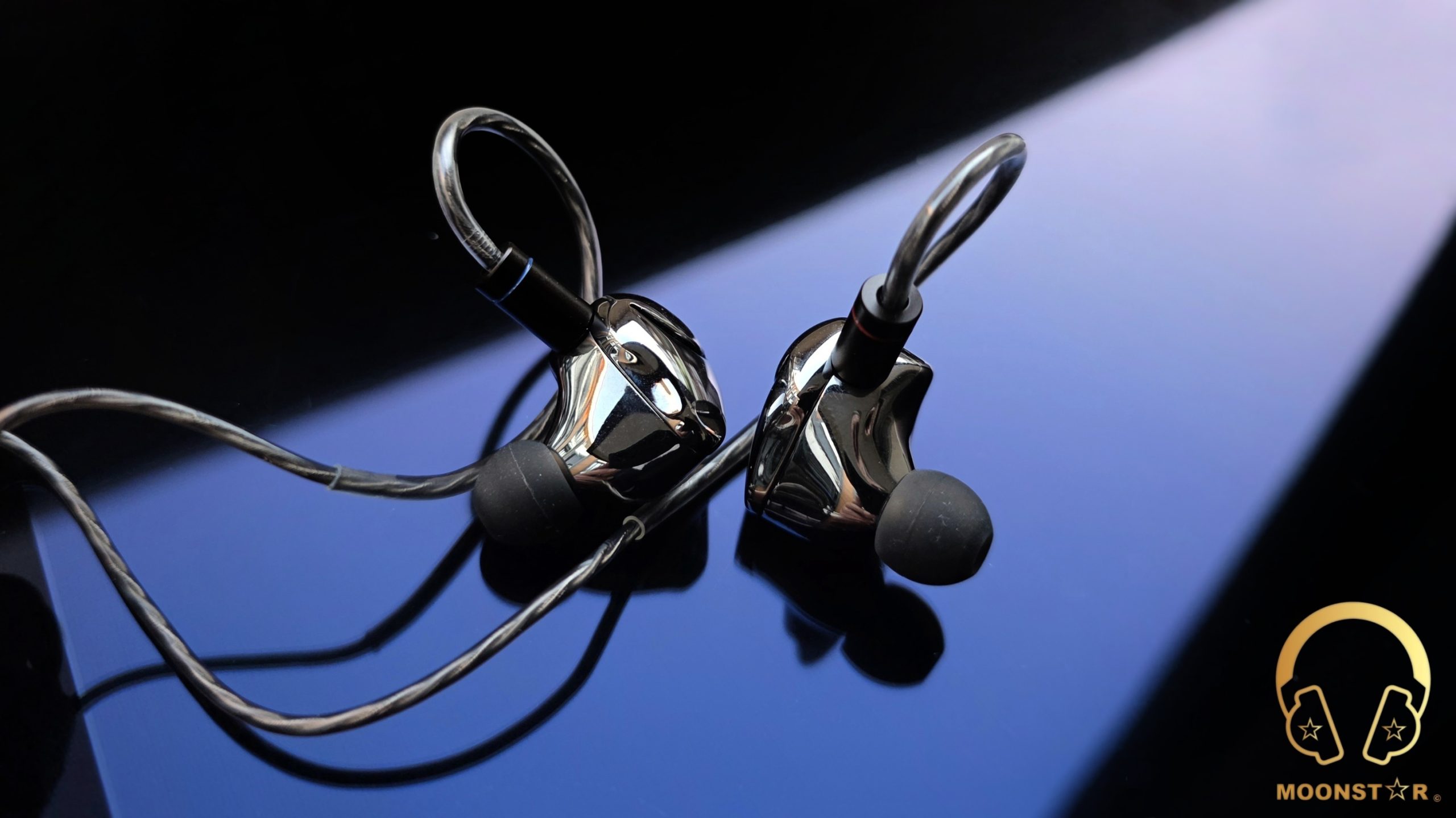
Paring & Drivability:
The HIDIZS MK10 ArcSonic is remarkably easy to drive, requiring minimal power thanks to its impedance and high sensitivity. This design allows it to perform well even with low-power sources, such as smartphones or budget dongle DACs. However, the MK10 truly comes alive when paired with high-quality equipment like the HIDIZS AP80 Pro MAX DAP or S9 Pro Plus DAC.

Technical Specifications:
- Driver Configuration: 10mm Dual-Magnetic Circuit & Dual-Cavity Dynamic Driver with Silicon Carbide Crystal Diaphragm
- Frequency Response: 20Hz–40kHz
- Sensitivity: 113dB
- Impedance: 32Ω
- THD: <0.3% at 1kHz
- Cable Material: High-Purity Silver-Plated
- Connector Type: 0.78mm 2-Pin
- Termination Plugs: 3.5mm Single-Ended or 4.4mm Balanced
- Cable Length: 1.2m
- Weight: 12 per shell (exlusive cable)
Equipment’s used for this review:
- IEM’s : Hidizs MS2 Pro, Pula Audio Unicrom
- DAP/DAC : Hidizs S9Pro Plus, Hidizs AP80 Pro MAX
Driver Technology:
The MK10 ArcSonic employs a single 10mm dynamic driver with a dual-magnetic circuit and dual-cavity design, featuring a rare silicon carbide crystal diaphragm. This configuration enhances magnetic flux for powerful, controlled bass and minimizes distortion across its 20Hz–40kHz frequency range. The silicon carbide diaphragm, known for its rigidity and low mass, ensures fast transient response, while the dual-cavity design optimizes air pressure within the shell.
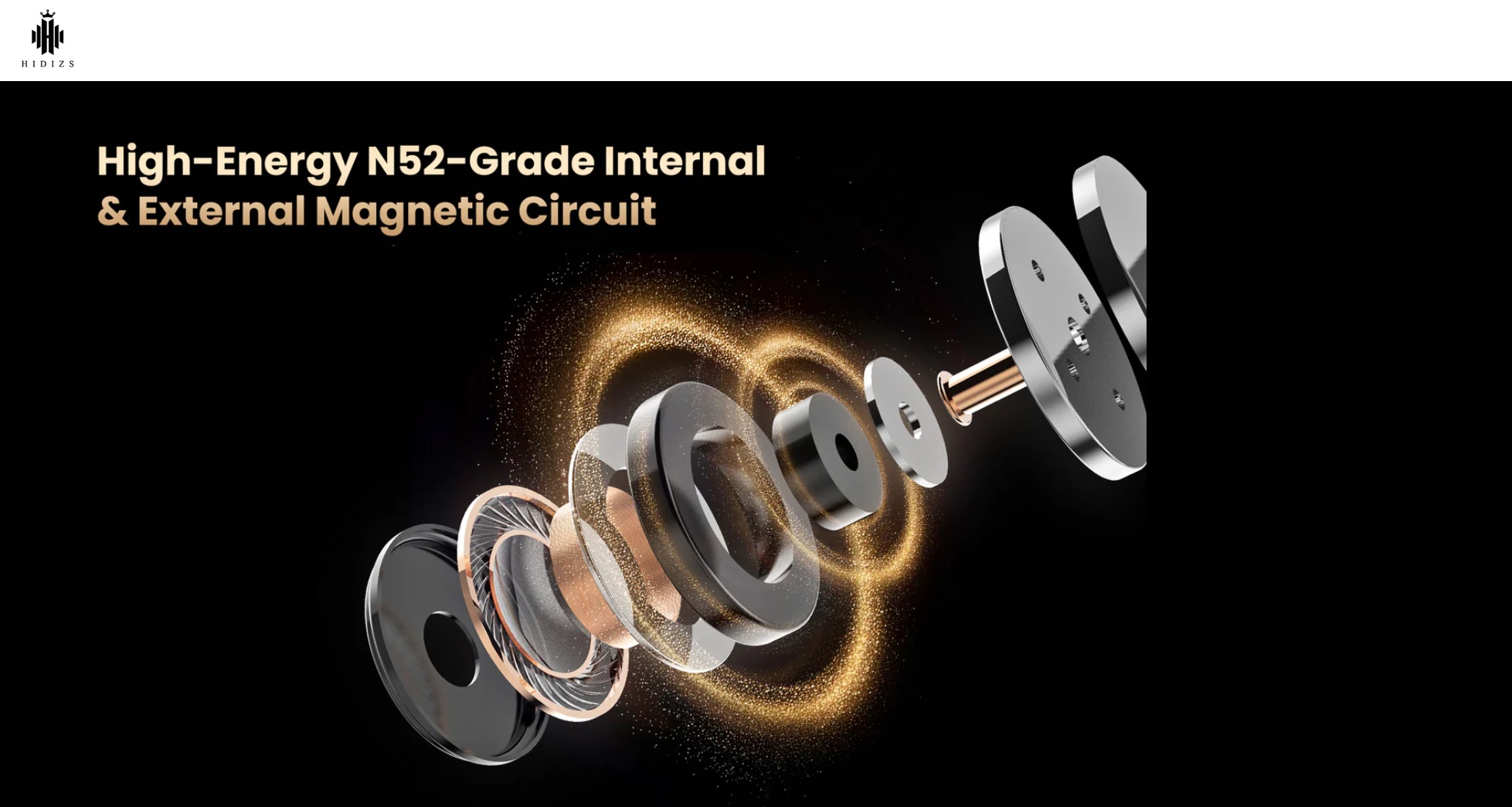
Albums & tracks used for this review:
- Adele – My Little Love (Spotify)
- Randy Crawford – On Day I Will Fly Away (Flac 16bit/44.1kHz)
- Hayley Westenra – Odyssey Album (Dezzer HiFi)
- Dionne Warwick – Walk On By (Flac 16bit/44.1kHz)
- Sarah McLachlan – Angel (Flac 24bit/48kHz)
- Sertap Erener – Aşk (Flac 16bit/44.1kHz)
- Edith Piaf – Non Je Ne Regrette Rien (Flac 16bit/44.1kHz)
- Diana Krall – So Wonderful (DSF)
- Aretha Franklin – I Say A Little Payer (Flac 24bit/96kHz)
- Sonya Yoncheva – (Giuseppe Verdi) II Trovatore, ActI (Flac 24bit/96kHz)
- George Michael – Don’t Let the Sun Go Down on Me (Flac 24bit/192kHz)
- David Bowie – Heroes (Flac 24bit/192kHz)
- Elton John – Rocket Man ((Flac 24bit/96kHz)
- Barry White – Just The Way You Are (Flac 24bit/48kHz)
- Isaac Hayes – Walk On By (Flac 16bit/44.1kHz)
- Sting – Englishman in New York – (Flac 24bit/48kHz)
- Eric Clapton – Wonderful Tonight (Flac 24bit/96kHz)
- B. King – Riding With The King (Tidal Hi-Fi)
- Dave Gahan – Kingdom (Tidal Hi-Fi)
- U2 – Sunday Bloody Sunday (Flac 16bit/44.1kHz)
- Bro Safari, UFO! – Drama (Deezer HiFi)
- Armin Van Buuren – Vini Vici (Flac 16bit/44.1kHz)
- Daft Punk (feat. Panda Bear) – Doin’ it Right (Flac 24bit/96kHz)
- Jo Blankenburg – Meraki (Spotify)
- Lorde – Royals (Flac 24bit/48kHz)
- Massive Attack – Angel (Flac 24bit/48kHz)
- Toutant – Rebirth (Deezer HiFi)
- Gogo Penguin – Raven (Flac 24bit/192kHz)
- Gogo Penguin – Murmuration (Flac 24bit/192kHz)
- Photek – The Hidden Camera (Flac 24bit/96kHz)
- Portishead – It Could Be Sweet (Spotify)
- Max Richter – On the Nature of Daylight (Flac 24bit/96kHz)
- Charly Antolini – Duwadjuwandadu (Flac 24bit/192kHz)Abel Korzeniowski – Dance For Me Wallis (Deezer HiFi)
- Ferit Odman – Look, Stop & Listen (Flac 24bit/192kHz)
- Chopin – Nocturn No. 20 In C-Sharp Minor (Flac 16bit/44.1kHz)
- Fazıl Say – Nazım Oratoryosu (Live) (Flac 16bit/44.1kHz)
- Vivaldi – Le QuarttroStagioni “The Four Season” (Deezer HiFi)
- Otto Liebert & Luna Negra – The River (Flac 24bit/192kHz)
- Lunatic Soul – The Passage (Flac 16bit/44.1kHz)
- Deftones – My Own Summer (Shove it) (Flac 16bit/44.1kHz)
- Metallica – Sad but True (Flac 24bit/96kHz)
- Metallica – Master of Puppets (Flac 24bit/96kHz)
- Opeth – Windowpane (Flac 16bit/44.1kHz)
- Megadeth – Sweating Bullets (Tidal Hi-Fi)
- Muse – Hysteria (Flac 16bit/44.1kHz)
- Rush – Leave That Thing Alone (Flac 16bit/44.1kHz)
- Slayer – Angel of Death (Spotify)
- Liquid Tension Experiment 2 – Acid Rain (Spotify)
- Yosi Horikawa – Bubbles (Spotify)
The Sound:
The HIDIZS MK10 ArcSonic delivers a compelling sonic profile that suits its sub-$100 price point, providing a balanced and engaging listening experience. At its core, the MK10 features a near-neutral sound signature with a mild V-shaped tuning, marked by a slightly elevated bass response, a clear and forward midrange, and a smooth, extended treble. This tuning, loosely inspired by the Harman 2019 target, strikes a versatile balance that accommodates diverse musical tastes without favoring any extreme, positioning it as an excellent choice for budget-conscious audiophiles.
Impact of Interchangeable Nozzles:
The HIDIZS MK10 ArcSonic’s swappable nozzles enable subtle yet effective adjustments to the sound signature, offering a degree of customization to match individual preferences.
The black nozzle, known as Deep Black, delivers a robust and resonant bass, characterized by an elevated low-frequency dynamic range. This tuning provides a strong impact suitable for genres such as rock, EDM, or metal.
The red nozzle, labeled Crimson Steel, provides a warmer and more balanced midrange presentation, emphasizing the fundamental and lower harmonic frequencies of instruments and vocals. This sonic profile is well-suited for pop or folk, promoting a richer body and defined texture in the vocal range.
The silver nozzle, called Shimmering Silver, enhances the treble with elevated, expansive high frequencies and intricate detail. This characteristic makes it well-suited for classical, jazz, or acoustic performances, promoting a heightened sense of air and micro-detail across the soundscape.
These options allow for tailored listening experiences while preserving the IEM’s inherent V-shaped character. However, the black nozzle slightly softens midrange clarity due to its bass emphasis, and the silver nozzle introduces noticeable brightness during extended sessions due to its treble elevation.
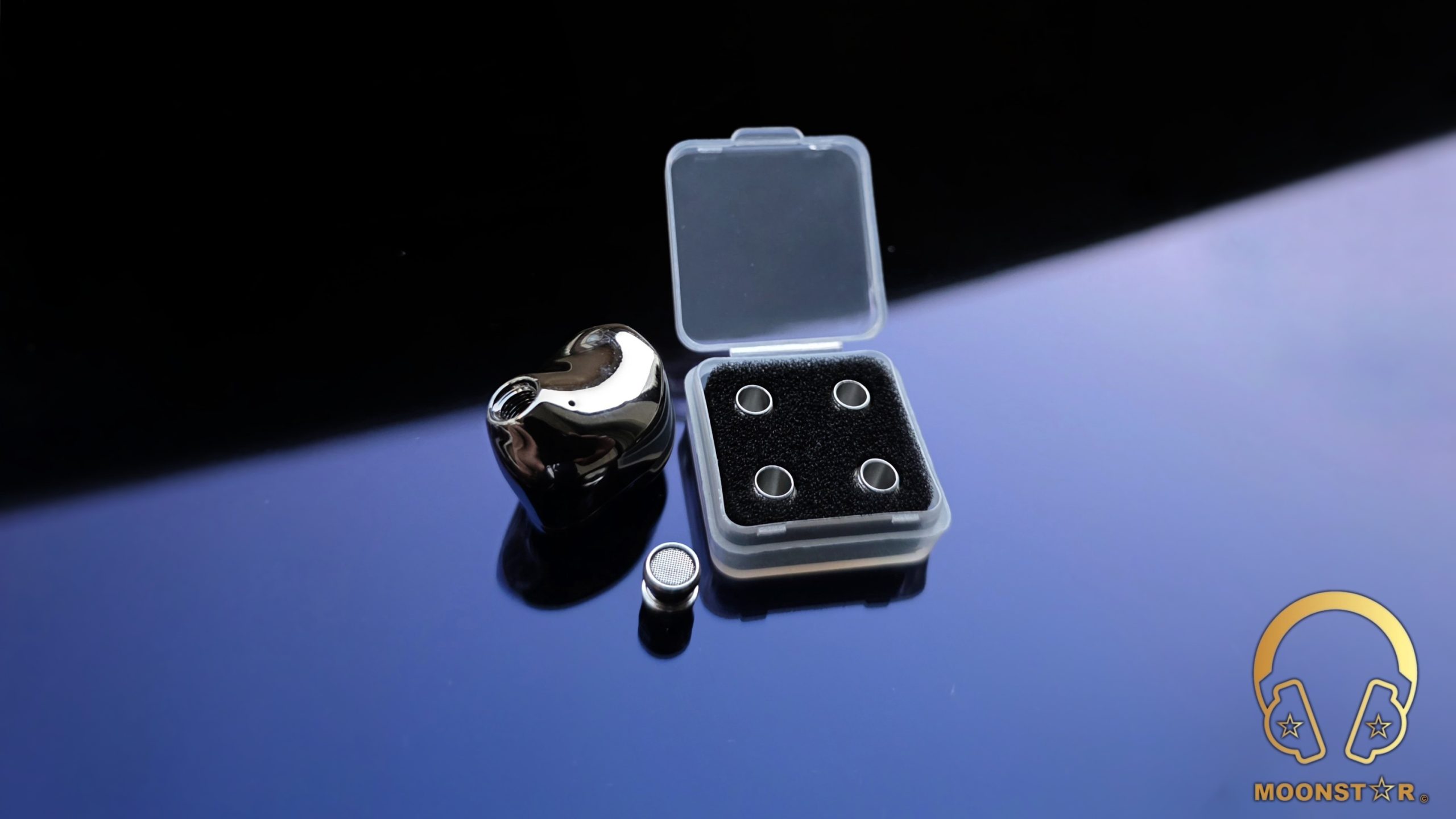
Bass / Midrange / Treble / Soundstage & Imaging:
The HIDIZS MK10 ArcSonic is positioned as a high-value performer in the sub-$100 IEM market. It delivers a slightly V-shaped sound that demonstrates commendable detail and technical capability, successfully avoiding a sterile presentation typically associated with budget models. This performance was evaluated using quality sources, specifically the HIDIZS AP80 Pro MAX (DAP) and the HIDIZS S9 Pro Plus (USB DAC Dongle), which helped maximize the IEM’s potential and showcase its value proposition. The interchangeable nozzles are key to its versatility, allowing users to fine-tune the sound to personal taste while maintaining the core V-shaped signature.

The bass performance is the IEM’s defining strength, providing a controlled sub-bass that adds significant depth and impact. It is the midbass that introduces a smooth, inherent body to the sound signature, supporting the mix without becoming muddy. This makes it suitable for driving rhythms and layered basslines. When the Deep Black nozzle is used, this low-end strength is amplified, delivering a robust and resonant bass that is ideal for genres like rock, EDM, or metal. The impactful low-end rumble is clearly heard in tracks like Lorde’s “Royals.” While the bass handles complex passages with good speed, it naturally lacks the ultimate depth and precision found in more expensive models.

The midrange serves as the emotional core of the MK10, offering a bright yet natural tone that effectively brings vocals and instruments into sharp focus. The lower midrange provides warmth and clarity, giving male vocals, like those in Eric Clapton’s “Wonderful Tonight,” a rich, grounded timbre. For listeners who prioritize vocal warmth and balance, the Crimson Steel (red) nozzle is the optimal choice; it delivers a warm and balanced midrange focus, capturing the subtle breath and depth of vocals beautifully, making it perfect for pop or folk. The upper midrange receives a gentle lift, enhancing details in Diana Krall’s “So Wonderful.” While the red nozzle maintains clarity, the bass-heavy Deep Black nozzle slightly softens overall midrange clarity due to its low-end emphasis.
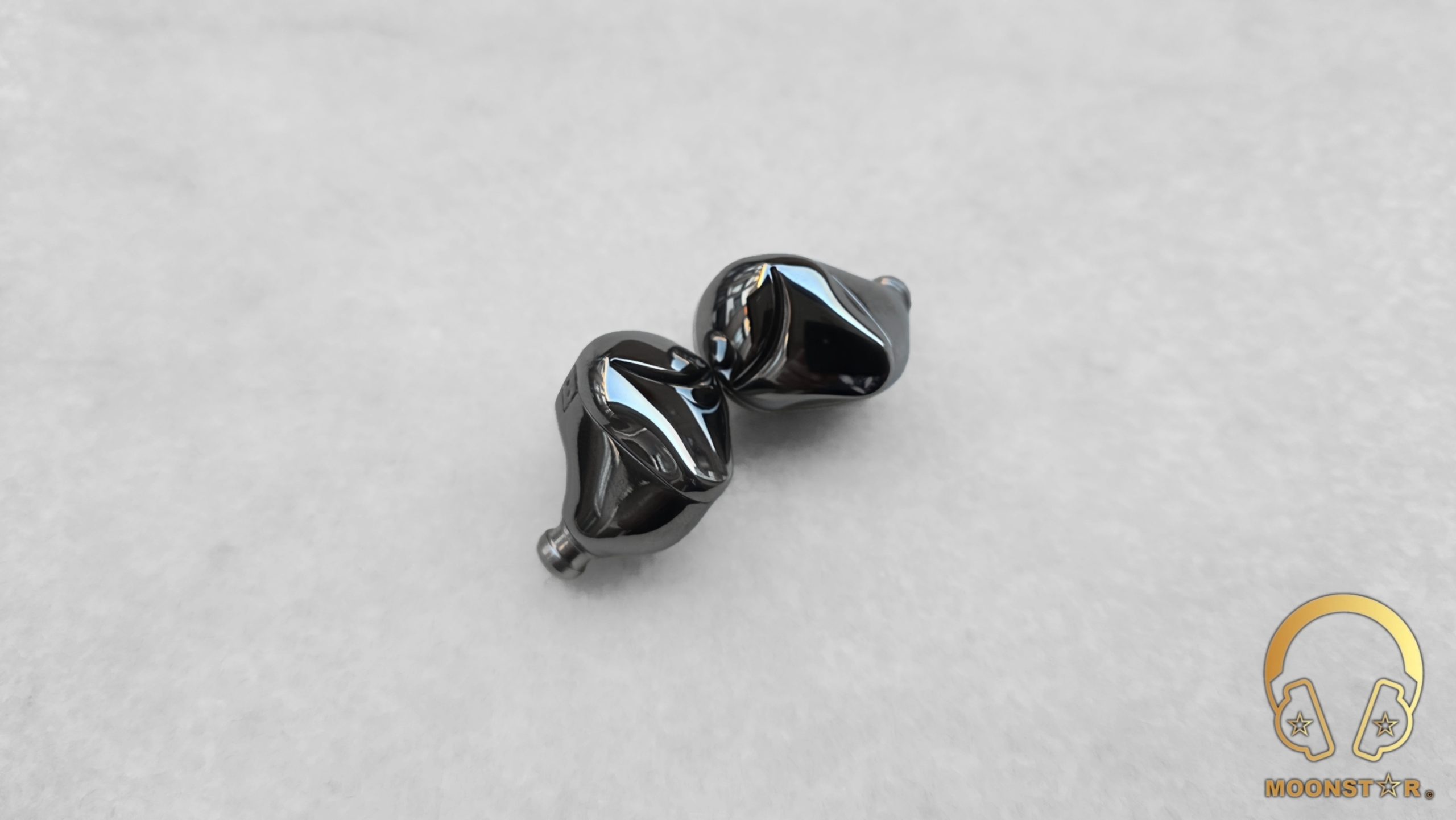
The treble extends smoothly and with control, providing a crisp, detailed response that enhances high-frequency elements. This clarity is evident in the precise handling of cymbals and hi-hats in tracks like Dream Theater’s “Fall into the Light.” The liveliest treble presentation comes from the Shimmering Silver (silver) nozzle, which enhances the highs with smooth, expansive detail, suiting acoustic or classical performances. Conversely, the black and Crimson Steel nozzles keep the treble safe from harshness, though a slight roll-off in the ultra-treble reduces airiness. It must be noted that the silver nozzle’s added high-end energy introduces noticeable brightness during long listening sessions, a factor sensitive listeners should consider, making the Crimson Steel option preferable for extended listening.

In terms of technical performance, the MK10 excels for its price point. The soundstage offers a balanced mix of width, depth, and height, creating an relative immersive feel where elements are clearly placed. The IEM capably manages complex orchestral or dense rock tracks with acceptable separation and layering, avoiding congestion. Dynamics respond well to the superior power and clarity provided by sources like the HIDIZS AP80 Pro MAX and HIDIZS S9 Pro Plus, revealing extra nuance in recordings. Overall, the MK10 ArcSonic, with its versatile tuning nozzles, stands as a reliable and highly enjoyable audio solution within its budget category.

Comparison:
HIDIZS MK10 ArcSonic ($59-$89) vs. PULA Unicrom ($120)
The HIDIZS MK10 ArcSonic offers a mildly V-shaped sound with a near-neutral lean, emphasizing controlled bass, natural mids, and crisp treble, which provides excellent value within its price bracket. The bass delivers a tight and extended low-end that adds depth without dominating, supported by a warm midbass that maintains clarity despite a slight bleed into the lower mids, a common trait at this level. The midrange presents a bright yet balanced tone, with vocals and instruments rendered clearly and warmly, enhanced by a gentle upper-mid lift that boosts detail without harshness. The treble extends smoothly, handling high-frequency elements with precision, though a minor ultra-treble roll-off limits airiness, reflecting its budget constraints. The soundstage is balanced with moderate width and depth, offering a rounded immersion, while imaging remains solid but lacks the expansive separation of higher-end models.
In contrast, the PULA Unicrom adopts a more pronounced V-shaped tuning with a bass-forward approach, delivering a fun and energetic profile that stands out. The bass provides a deeper and more impactful low-end, surpassing the MK10 in extension and texture, with a tighter midbass that avoids bleed and handles complex passages with greater authority. The midrange is more forward and dynamic, pushing vocals and instruments ahead with a lively presence, enhanced by a fuller lower-mid foundation and less emphasis on upper mids, avoiding any brightness. The treble adds noticeable sparkle and air, extending further into the high frequencies with detailed decay, offering a more open and refined presentation compared to the MK10’s smoother but slightly constrained treble. The soundstage is wider and deeper, with superior imaging that creates a more immersive and holographic effect, separating elements like vocals and percussion more distinctly.
The MK10 ArcSonic suits listeners who value a versatile, near-neutral sound with customizable nozzles for tailored adjustments, making it a cost-effective choice that scales well with better sources. The PULA Unicrom, however, appeals to those seeking a more dynamic, bass-emphasized profile with enhanced staging and refinement, justifying its higher price through improved extension, clarity, and overall engagement for prolonged listening sessions.
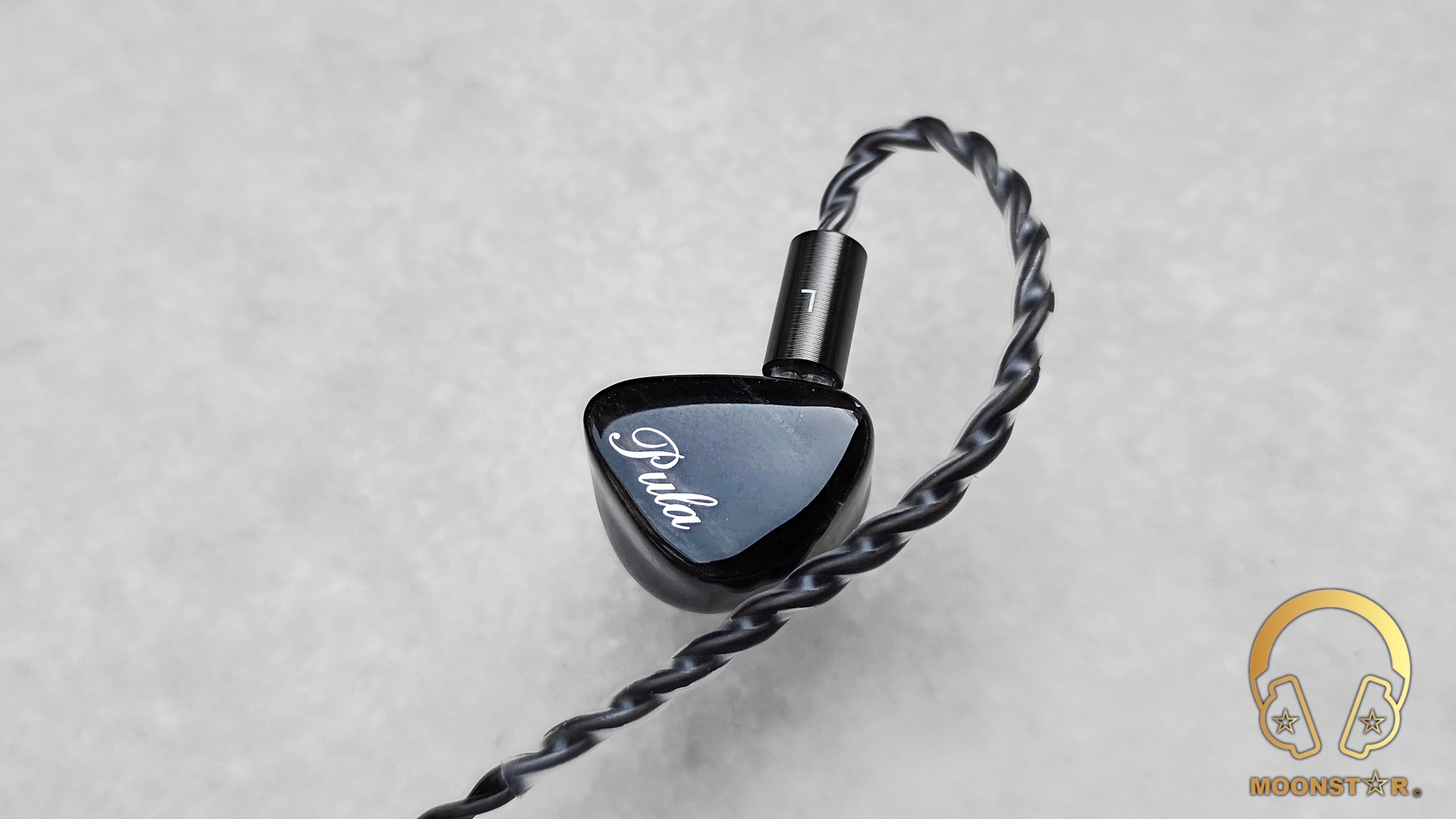
Conclusion:
The HIDIZS MK10 ArcSonic delivers an effective performance that positions it well within the sub-$100 IEM segment. Its sound profile is based on the Target H-2019 curve, complemented by HIDIZS’ house tuning, providing a clear and engaging listening experience that exceeds expectations for its price. The MK10’s value is significantly enhanced by its robust construction featuring durable ZA12 zinc alloy shells and its primary strength: three distinct tuning nozzles. This customization allows individuals to modify the sound for midrange or treble focus to suit personal taste. Acoustically, the MK10 offers strong overall clarity and consistent sound delivery. Its performance, including competent element separation, is maintained and scales when paired with sources like the HIDIZS AP80 Pro MAX or S9 Pro Plus.
In summary, the HIDIZS MK10 ArcSonic successfully integrates advanced features and quality materials into an affordable package. It offers a reliable and highly adaptable audio solution that delivers substantial competitive value for audiophiles on a limited budget.
Pros & Cons:
- + Delivers good overall sound clarity and detail appropriate for its price point.
- + Tuning Versatility Features three distinct tuning nozzles for sound customization.
- + Durable ZA12 zinc alloy construction
- + Easy to drive, ensuring adequate performance even with low-power portable sources.
- + Good value for its price point
- – The mirror-polished surface is prone to attracting fingerprint
- – The silver nozzle introduces brightness; the black nozzle slightly softens midrange clarity
Thank you for the Read!






























